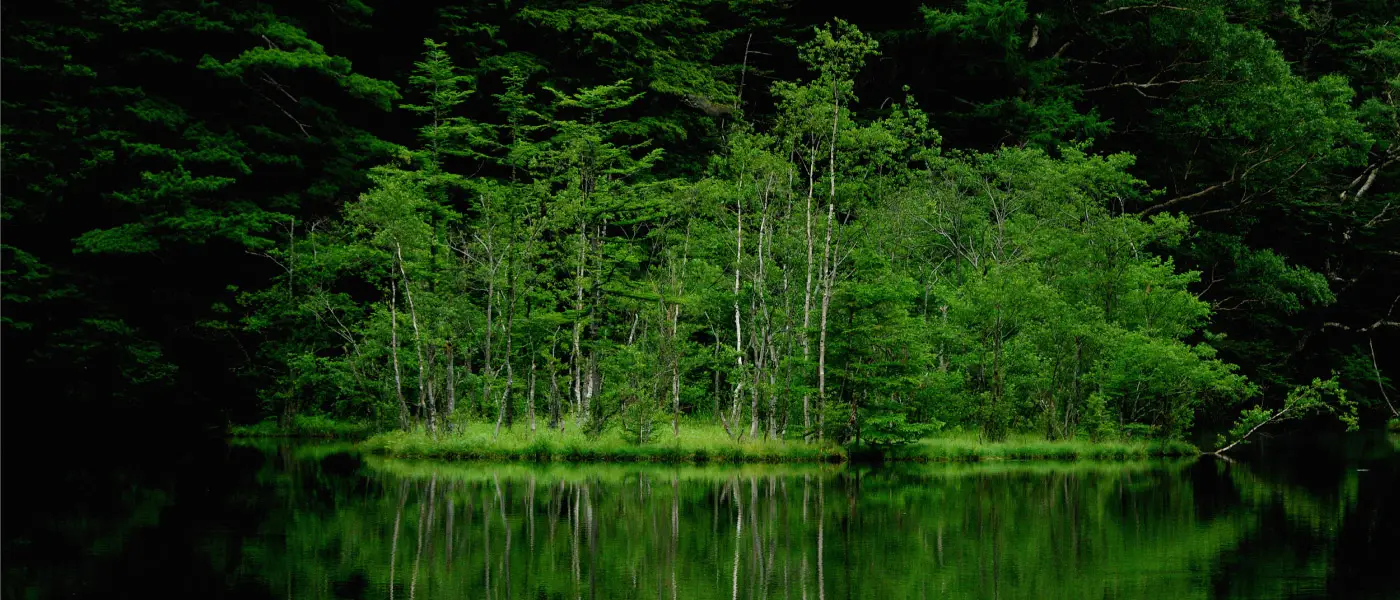One week ago today, Kamikochi was host to one of its most colorful yearly events, the Ofune Matsuri (お船祭り) or "Boat Festival." This event takes its name from the main ritual involving the small vessel pictured below ceremonially crossing Myojin Pond to deposit some water carried all the way from a shrine in Azumino City. With the autumn season now well in hand, we can honestly say it was the perfect time and place to celebrate local culture while affirming our communion with nature

Before continuing, let me offer a word of explanation about the historical and religious background of the Boat Festival. The first thing you need to know is that Kamikochi's famed Hotaka Oku-Miya Shrine is part of a larger group of shrines which includes the main Hotaka Shrine in Azumino City. For more detailed information on this relationship and its mysterious historical background, you can consult this article from way back in 2012: https://www.kamikochi.org/articles/featured-articles/142-asusa-nature-and-culture-flow-as-one-in-the-sacred-river-2.html

The relationship between the two shrines, while many centuries old and shrouded in mystery, has been shaped by geography and, in particular, the influence of the Azumino River. In addition to being a central feature in Kamikochi's landscape, the Azumino also played an important role in the lives of early settlers in the Azumino Basin (Care to guess what the people themselves were called? That's right, the Azumino People). The source of the river's running water in none other than melting snow from the peaks of Kamikochi's mountains, meaning that in a very real sense, water flows from the heart of Kamikochi like the very lifeblood of what was traditionally an agrarian community. Since the waters of Azusa has irrigated the crops of the townships below since time immemorial, there the Azumino people naturally feel to nature in general and Kamikochi in particular. For this reason, a ceremony is held in two stages every November: the Omizu-tori followed by the Omizu-gaeshi ("drawing water" and "returning water," respectively). In the first ceremony, water is drawn from the spot where three rivers meet in Azumino. Then, in the second ceremony, the water is taken back to its source in Kamikochi and poured into the deepest section of Myojin Pond.

As with so many other Shinto ceremonies here at Kamikochi, the festival's main devotional ceremony involved a prayer for safe passage through the mountains. The climax of the Omizu Gaeshi was performed by priests and attendants in traditional garb riding two lavishly decorated boats across the pond. Everything went off without a hitch and an unusually large crowd enjoyed the once a year spectacle under ideal conditions.

If you missed it this year, there's always next year...
We'll be bringing you more updates on Kamikochi's autumn season in the weeks to come. As always, feel free to visit our facebook page and leave any questions or comments you might have: https://www.facebook.com/kamikochi
Source of Information:
National Park Guide website: http://npg-alps.net




